Hi all, and welcome !
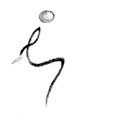 Let me briefly (or at least try to) introduce myself.
Let me briefly (or at least try to) introduce myself.
I start hacking at the age of 3, using LEGO. At that time I didn't know there would one day be a name for it !
I've played with model kits, then with model planes, which teached me patience, how to craft something out of raw materials, and a deeper foray into hacking : before the era of 3D printing, modellers were very good at repurpose spoons, pans and other every day life objects into parts for their scale planes. I believe they still are.
Unsurprisingly, my college years were devoted to mechanical engineering (although not an enginner), and following them I've worked a few years in aerospace, namely on a private jet program, the Dassault's Falcon 7X.
Then came photography. First digital, then analog. Then I discovered that historical photographic processes were still practiced by some, and my curiosity led me to try some of them, like cyanotype, and wet plate process. I've also played with film and paper (with or without cameras).
I soon needed to have tools for these processes, and I started to make some for my own use, then for peoples on fora, and eventually started my own (very small) business.
So, today I will try to share what I know about analog photography, historical processes, how you can use it in unconventional manners, how a camera can be design, and so on !
 Welcome all, thanks for coming to the Hack Chat. I want to thank Pierre-Loup for joining us today and jumping right into our Alternative Photography chat.
Welcome all, thanks for coming to the Hack Chat. I want to thank Pierre-Loup for joining us today and jumping right into our Alternative Photography chat.
 Welcome, Pierre-Loup!
Welcome, Pierre-Loup!
 Thank you for having invite me !
Thank you for having invite me !
 Hi! i'm wondering, you mentioned cyanotype, for that process, do you use a respirator and what other protection?
Hi! i'm wondering, you mentioned cyanotype, for that process, do you use a respirator and what other protection?
 I don't. Bad example.
I don't. Bad example.
 hehe
hehe
 Is that the one with prussic acid?
Is that the one with prussic acid?
 isn't it very dangerous though?
isn't it very dangerous though?
 Cyanotype chemicals are quite innofensive, unless you make it hot.
Cyanotype chemicals are quite innofensive, unless you make it hot.
 ahh
ahh
 Above 65°C, potassium ferricyanide can turn into cyanide. Andthat is bad. :)
Above 65°C, potassium ferricyanide can turn into cyanide. Andthat is bad. :)
 cyanotype makes prussic blue, but you don't use prussic acid.
cyanotype makes prussic blue, but you don't use prussic acid.
 (but maybe you can make some if you mess with it !)
(but maybe you can make some if you mess with it !)
 if you get it on your skin though, is it not harmful?
if you get it on your skin though, is it not harmful?
 I've made cyanotypes with children under 8.
I've made cyanotypes with children under 8.
 No, no problem.
No, no problem.
 oh interesting!
oh interesting!
 i really didn't realise that
i really didn't realise that
 Ammoniacal citrate is used as a ferric complement in alimentation for sport...
Ammoniacal citrate is used as a ferric complement in alimentation for sport...
 of course you've got to be sure they don't eat it. :)
of course you've got to be sure they don't eat it. :)
 Is the cyanotype process similar to the process for blueprinting?
Is the cyanotype process similar to the process for blueprinting?
 And be carefull with clothes. stains don't go once dry.
And be carefull with clothes. stains don't go once dry.
 Yes !
Yes !
 There were several formulas used, and for industrial blueprints I believe this is slightly more complex, to make it more stable.
There were several formulas used, and for industrial blueprints I believe this is slightly more complex, to make it more stable.
 But same principle.
But same principle.
 Thought so - my mm did blueprinting with us when we were really young, like 8 or 9. Lots of fun
Thought so - my mm did blueprinting with us when we were really young, like 8 or 9. Lots of fun
 *mom
*mom
 Welcome to Joaquin de Prada, with is another photographic hacker ! ;)
Welcome to Joaquin de Prada, with is another photographic hacker ! ;)
 Yes, I love to do cyanotype with chlidren !
Yes, I love to do cyanotype with chlidren !
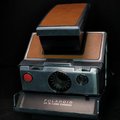 Hey Pierre-Loup!
Hey Pierre-Loup!
 They usually look at you with big eyes, don't understand anything from the moment you coat it on paper, then go under the sun...
They usually look at you with big eyes, don't understand anything from the moment you coat it on paper, then go under the sun...
 But when they see the image appear under water, everything lights up !
But when they see the image appear under water, everything lights up !
 And they embrace the process !
And they embrace the process !
 That was always the magic moment in the darkroom - watching the image come up once the paper was in the developer.
That was always the magic moment in the darkroom - watching the image come up once the paper was in the developer.
 Yes.
Yes.
 I love it with cyanotype : the paper has a beautiful yellow after coating, and then under UV light it becomes greyish...
I love it with cyanotype : the paper has a beautiful yellow after coating, and then under UV light it becomes greyish...
 And then under water the blue explodes !
And then under water the blue explodes !
 Have you ever tried daguerreotype? Always loved the look of that process
Have you ever tried daguerreotype? Always loved the look of that process
 No, i've never tried it...
No, i've never tried it...
 Not yet.
Not yet.
 I'm not sure I even see one for real.
I'm not sure I even see one for real.
 It seems like a quite complex process.
It seems like a quite complex process.
 can be done safely?
can be done safely?
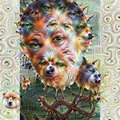 @Pierre-Loup M. I have a very old book, The Encyclopedia of Photography which defines old terms and chemistry that aren't used. Any weird old processes on your radar?
@Pierre-Loup M. I have a very old book, The Encyclopedia of Photography which defines old terms and chemistry that aren't used. Any weird old processes on your radar?
 And the chemicals are much more dangerous.
And the chemicals are much more dangerous.
 cyanyde and mercury are used... :/
cyanyde and mercury are used... :/
 So safety can be concern here...
So safety can be concern here...
 Yeah, silver plated copper and fuming bromine is a tough process.
Yeah, silver plated copper and fuming bromine is a tough process.
 But the grain is incredibly fine.
But the grain is incredibly fine.
 Oh, silver plated copper can be made in a very easy way when you do analog photography !
Oh, silver plated copper can be made in a very easy way when you do analog photography !
 You can simply put a plate of copper in a tray with old fixer.
You can simply put a plate of copper in a tray with old fixer.
 As the fixer disolves the sivler that hasn't been exposed to light, the copper naturally fixes it.
As the fixer disolves the sivler that hasn't been exposed to light, the copper naturally fixes it.
 You can make your fixer as new that way !
You can make your fixer as new that way !
 :)
:)
 Really? That's interesting - I would have thought electroplating was needed
Really? That's interesting - I would have thought electroplating was needed
 @Robot : This is often a problem with old books.
@Robot : This is often a problem with old books.
 Chemicals designations are exotic to us. some terms are more alchemy than chemical. sometimes it can be tricky to "translate" !
Chemicals designations are exotic to us. some terms are more alchemy than chemical. sometimes it can be tricky to "translate" !
 That said ( for copper plating), I don't know if the quality of the plate is the same.
That said ( for copper plating), I don't know if the quality of the plate is the same.
![]() Can silver also extract silver from fixer?
Can silver also extract silver from fixer?
 To be fair, chemistry had branched off from alchemy only relatively recently in the early 1800s
To be fair, chemistry had branched off from alchemy only relatively recently in the early 1800s
 I believe they are usable, the major difference being that with electroplating you got a thicker layer of silver, and the plate can be erased and done again much more.
I believe they are usable, the major difference being that with electroplating you got a thicker layer of silver, and the plate can be erased and done again much more.
 yes, the comprehension of chemistry is quite recent.
yes, the comprehension of chemistry is quite recent.
 And what exactly happens in the photographic process (how the light makes the silver react) was still a mystery 50 years ago.
And what exactly happens in the photographic process (how the light makes the silver react) was still a mystery 50 years ago.
 I beilieve it's fully understood now.
I beilieve it's fully understood now.
 Yes, one can extract silver from old fixer.
Yes, one can extract silver from old fixer.
 In fact it was the way fixer was recycled when labos did thousands of films per week.
In fact it was the way fixer was recycled when labos did thousands of films per week.
 It's quite easy. I don't remmeber exactly, but you can use an inox electrode on one side (forgot chich one !) and a graphite (from a pen) on the other.
It's quite easy. I don't remmeber exactly, but you can use an inox electrode on one side (forgot chich one !) and a graphite (from a pen) on the other.
 The voltage needed is around 1.5V.
The voltage needed is around 1.5V.
 There are several grams per litre of used fixer...
There are several grams per litre of used fixer...
 I used to be an X-ray tech, back in the film days. We had continuous silver extractors connected to the film processors that would remove the silver from fixer electrolytically. The hospital made decent money selling the silver.
I used to be an X-ray tech, back in the film days. We had continuous silver extractors connected to the film processors that would remove the silver from fixer electrolytically. The hospital made decent money selling the silver.
about grain : that's a surprising thing that grain is that fine with dagueréotype. With wet plate process (which came just after, around 1850), the grain is really fine too. With gelatino-bromure it's rougher.
 In fact the finest process sere the first to be invented !
In fact the finest process sere the first to be invented !
 These days I shoot with the fastest film I can find and shake the hell out of it when processing to maximize the grain.
These days I shoot with the fastest film I can find and shake the hell out of it when processing to maximize the grain.
 I believe they would make much more money now ! The price of silver has increased much during last years !
I believe they would make much more money now ! The price of silver has increased much during last years !
 Yeah, here's Daguerre himself, in 1844:
Yeah, here's Daguerre himself, in 1844:

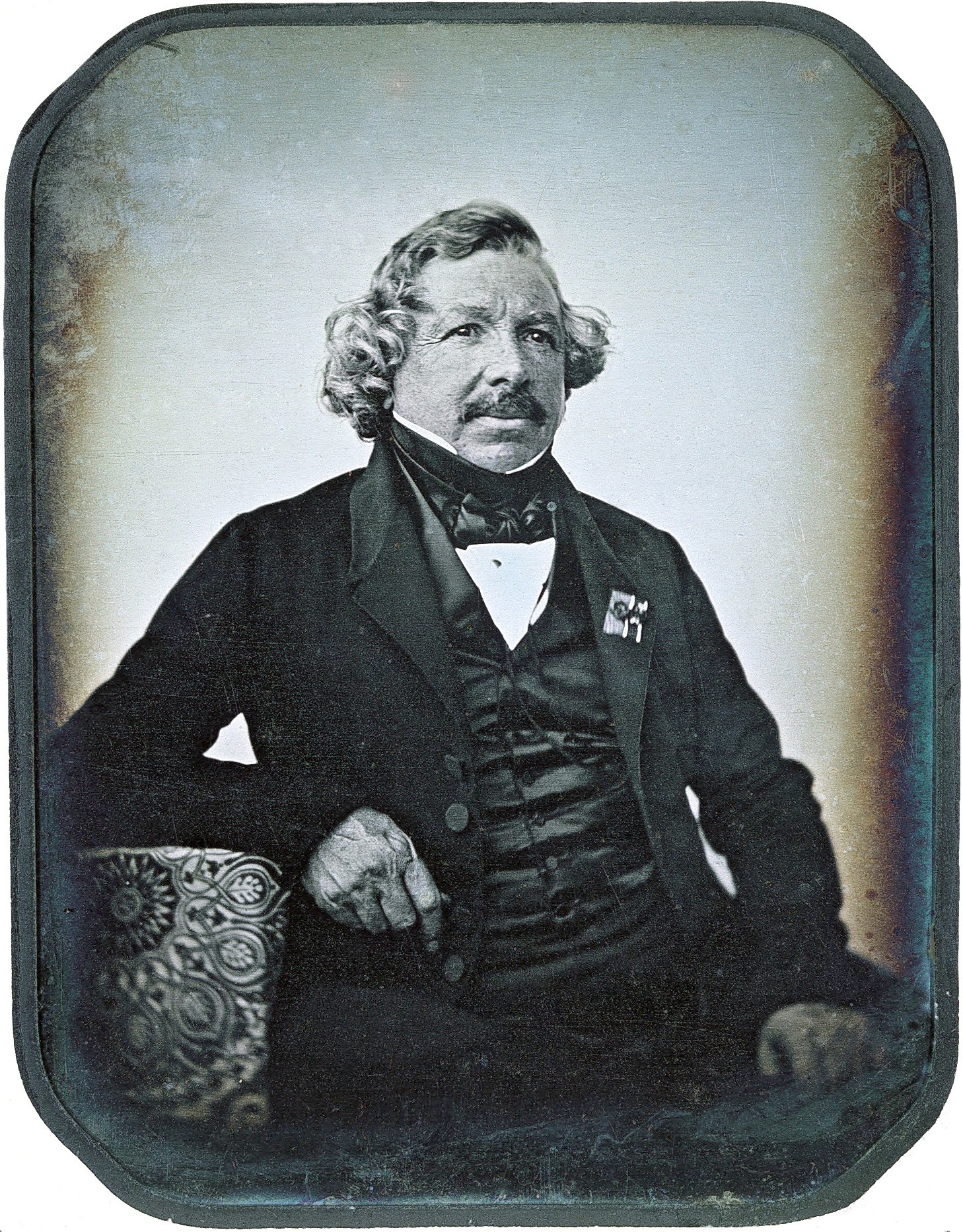
 The fine detail and dynamic range of his process are incredible!
The fine detail and dynamic range of his process are incredible!
 I remember a photographic work of a french photographer, with so much grain...
I remember a photographic work of a french photographer, with so much grain...

http://jerometanon.com/snowboard-photography/emperor/
EMPEROR - Jérôme Tanon
Silver-gelatin prints on Ilford FB MGIV. I shot these with ilford 3200 film, pushed the developpement at 12800 iso to maximize the grain. Then in the darkroom I cropped even further inside the negative to zoom-in on the grain.
 If I remember well, it has been shot on half format (18x24, 72 shots per film), developped for pushing grain, and cropped under enlarger... :)
If I remember well, it has been shot on half format (18x24, 72 shots per film), developped for pushing grain, and cropped under enlarger... :)
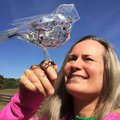 Are there particular books, websites or YouTube videos that you recommend for those of us who would like to learn the daguerreotype process?
Are there particular books, websites or YouTube videos that you recommend for those of us who would like to learn the daguerreotype process?
 wow those photos are really cool, the crow looks really eery
wow those photos are really cool, the crow looks really eery
 Sorry, didn't mean to derail with a Daguerreotype discussion. I just think the old processes look incredible.
Sorry, didn't mean to derail with a Daguerreotype discussion. I just think the old processes look incredible.
 That crow is amazing!
That crow is amazing!
 I don't know much source for learning dagueréotype in english.
I don't know much source for learning dagueréotype in english.
 I believe youtube can be of certain help !
I believe youtube can be of certain help !
 The chemicals should probably be found at bostick-sullivan.com
The chemicals should probably be found at bostick-sullivan.com
 Yes, the crows are really impressive !
Yes, the crows are really impressive !
 I rellay love this man work.
I rellay love this man work.
 his series Double Exposure is a wonderfull example of... double exposures !
his series Double Exposure is a wonderfull example of... double exposures !
 @Pierre-Loup M. are you at the point of coating you own film plates?
@Pierre-Loup M. are you at the point of coating you own film plates?
 And he is quite good with oil processes too !
And he is quite good with oil processes too !
 I am... And i'm not. :p
I am... And i'm not. :p
 I mainly use the wet plate collodion process.
I mainly use the wet plate collodion process.
 @Pierre-Loup M. thank you! Do you have any favorite books / videos (for learners) in French?
@Pierre-Loup M. thank you! Do you have any favorite books / videos (for learners) in French?
 for which I also design and make tools.
for which I also design and make tools.
 So I pour my own plates, as with wet plate you have to prepare your plates just before you use them, and use them before they dry.
So I pour my own plates, as with wet plate you have to prepare your plates just before you use them, and use them before they dry.
 @Kelly Heaton There are several good places to read about alt processes in french.
@Kelly Heaton There are several good places to read about alt processes in french.
 So how does that work: you "pour" your plates and then expose them... how exactly? What sort of camera or lens?
So how does that work: you "pour" your plates and then expose them... how exactly? What sort of camera or lens?
 For books, you can dive into the archives of gallica.bnf.fr
For books, you can dive into the archives of gallica.bnf.fr
 And there is disactis.com, where you can find chemistry, a few articles, and a great forum.
And there is disactis.com, where you can find chemistry, a few articles, and a great forum.
 @Pierre-Loup M. thanks for those learner's tips!
@Pierre-Loup M. thanks for those learner's tips!
 For a wide view of processes, you can read "L'esprit des sels", which is unfortunately not edited anymore, and quite difficult to fine
For a wide view of processes, you can read "L'esprit des sels", which is unfortunately not edited anymore, and quite difficult to fine
 *find
*find
 (but I have a copy of it on dropbow, if you want ! ;) )
(but I have a copy of it on dropbow, if you want ! ;) )
 SO how does collodion differ from other processes? Is it just a silver-based chemistry in a gel form?
SO how does collodion differ from other processes? Is it just a silver-based chemistry in a gel form?
 @Pierre-Loup M. Yes, that would be great - I'd love to read your Dropbox copy of L'esprit des sels
@Pierre-Loup M. Yes, that would be great - I'd love to read your Dropbox copy of L'esprit des sels
 Yeah, for wet plate, the process is something like :
Yeah, for wet plate, the process is something like :
You pour a collodion with potaissum bromide and iodide on it.
you dip the plate in a silver nitrate bath for three minutes.
Then you load your plate into a plate holder (at this point the plate is light sensitive)
You frame and focus your picture, using a large format camera.
Then you come back to the lab, where the newly exposed plate is developped with a ferric sulfate solution.
And then you fix it as for paper or film, to disolve the remaining silver which wasn't exposed by light.
 All that before it's dry.
All that before it's dry.
 (quite impressive at the beginning, but in fact it gives around ten to twenty minutes to work)
(quite impressive at the beginning, but in fact it gives around ten to twenty minutes to work)
 So your final product is on a plate of some sort, not on paper?
So your final product is on a plate of some sort, not on paper?
 Wet plate has something very particular : when using glass, you will have a negative by transparence, but if you use a black background, the silver reflects the light and you've got a positive.
Wet plate has something very particular : when using glass, you will have a negative by transparence, but if you use a black background, the silver reflects the light and you've got a positive.
 It's the polaroid of XIX" century ! :)
It's the polaroid of XIX" century ! :)
 heh that's cool re. the background. What large format camera are you using out of interest?
heh that's cool re. the background. What large format camera are you using out of interest?
 Dan Maloney
Dan Maloney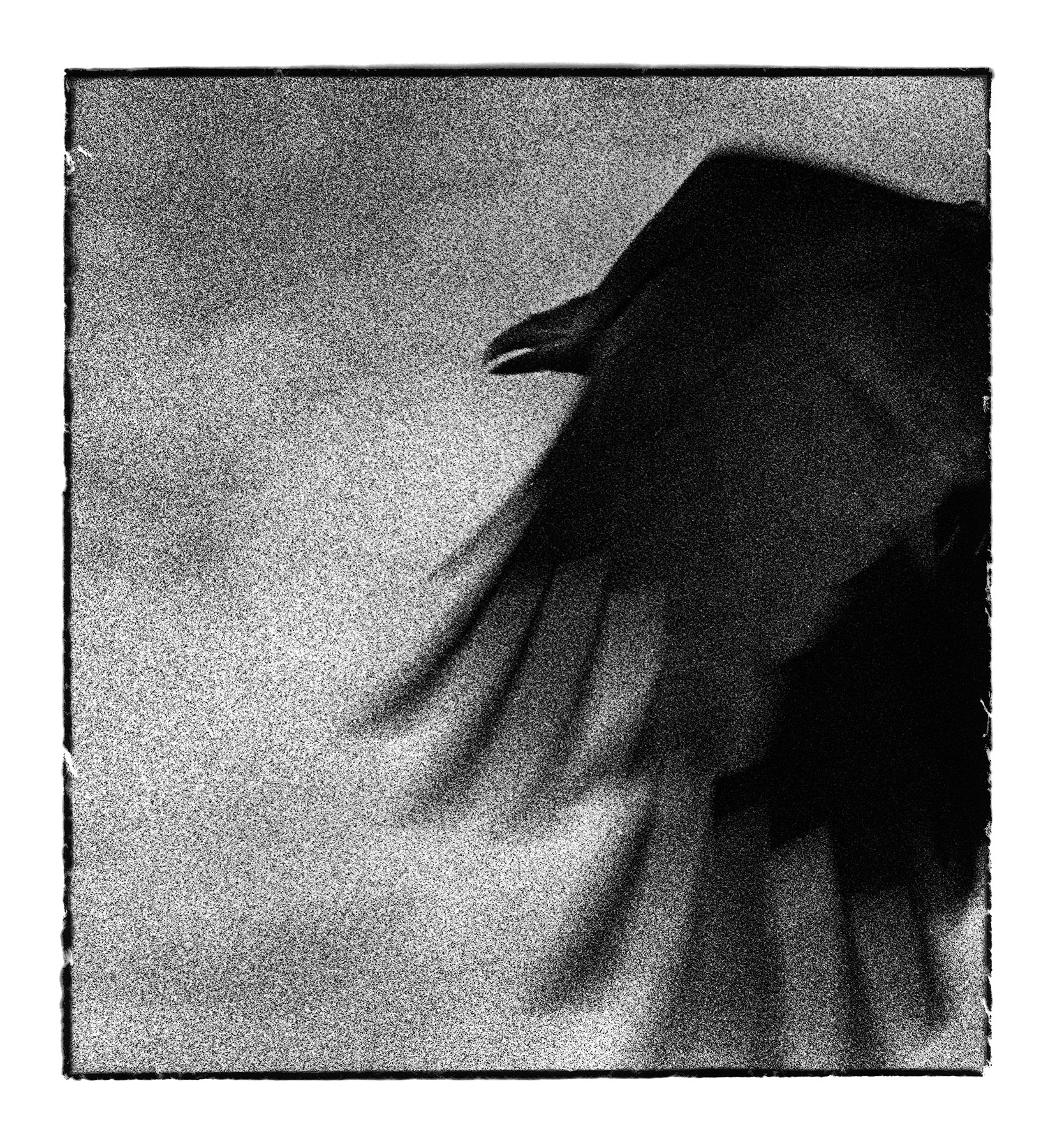
Discussions
Become a Hackaday.io Member
Create an account to leave a comment. Already have an account? Log In.